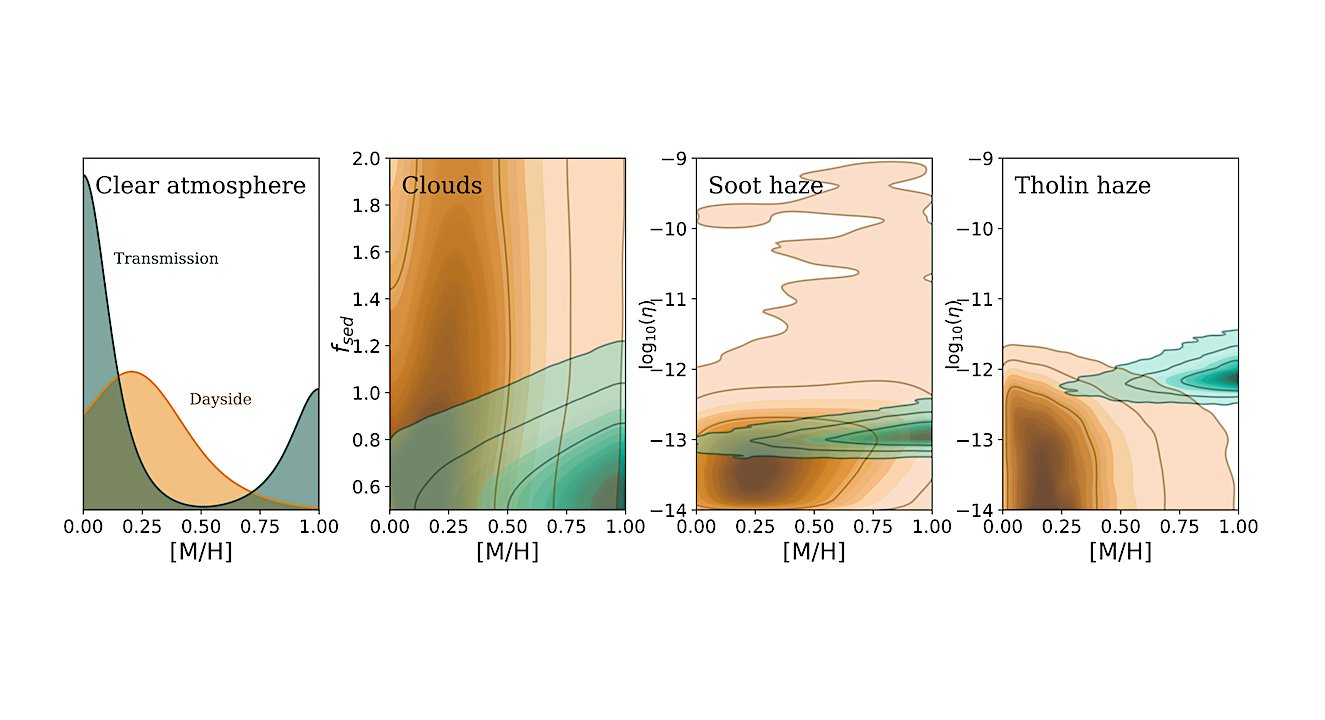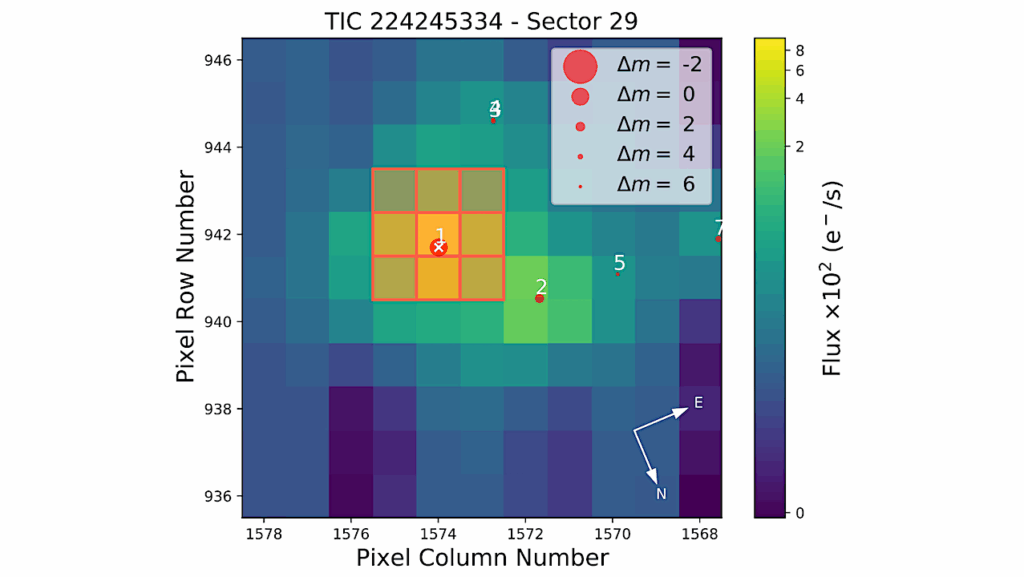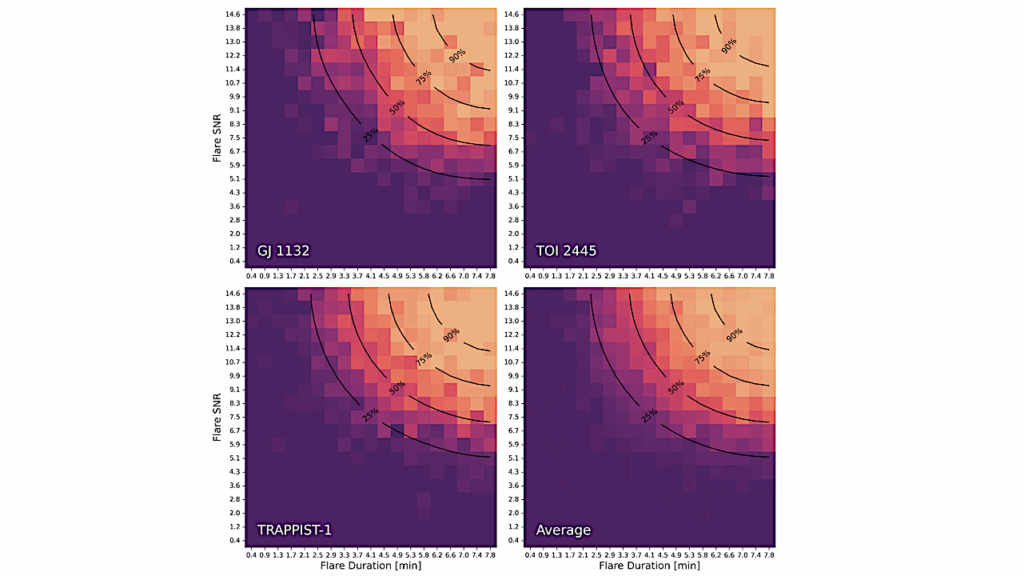Probing Reflection From Aerosols with the near-infrared dayside spectrum of WASP-80b

The presence of aerosols is intimately linked to the global energy budget and composition of planet atmospheres.
Their ability to reflect incoming light prevents energy from being deposited into the atmosphere, and they shape spectra of exoplanets. We observed one near-infrared secondary eclipse of WASP-80b with the Wide Field Camera 3 aboard the Hubble Space Telescope to provide constraints on the presence and properties of atmospheric aerosols.
We detect a broadband eclipse depth of 34±10 ppm for WASP-80b, making this the lowest equilibrium temperature planet for which a secondary eclipse has been detected so far with WFC3. We detect a higher planetary flux than expected from thermal emission alone at 1.6σ that hints toward the presence of reflecting aerosols on this planet’s dayside.
We paired the WFC3 data with Spitzer data and explored multiple atmospheric models with and without aerosols to interpret this spectrum. Albeit consistent with a clear dayside atmosphere, we found a slight preference for near-solar metallicities and for dayside clouds over hazes. We exclude soot haze formation rates higher than 10−10.7 g cm−2s−1 and tholin formation rates higher than 10−12.0 g cm−2s−1 at 3σ. We applied the same atmospheric models to a previously published WFC3/Spitzer transmission spectrum for this planet and find weak haze formation.
A single soot haze formation rate best fits both the dayside and the transmission spectra simultaneously. However, we emphasize that no models provide satisfactory fits in terms of chi-square of both spectra simultaneously, indicating longitudinal dissimilarity in the atmosphere’s aerosol composition.
Bob Jacobs, Jean-Michel Désert, Peter Gao, Caroline V. Morley, Jacob Arcangeli, Saugata Barat, Mark S. Marley, Julianne I. Moses, Jonathan J. Fortney, Jacob L. Bean, Kevin B. Stevenson, Vatsal Panwar
Comments: Submitted to ApJ Letters
Subjects: Earth and Planetary Astrophysics (astro-ph.EP)
Cite as: arXiv:2307.14399 [astro-ph.EP] (or arXiv:2307.14399v1 [astro-ph.EP] for this version)
Submission history
From: Bob Jacobs
[v1] Wed, 26 Jul 2023 16:04:42 UTC (1,482 KB)
https://arxiv.org/abs/2307.14399
Astrobiology,








